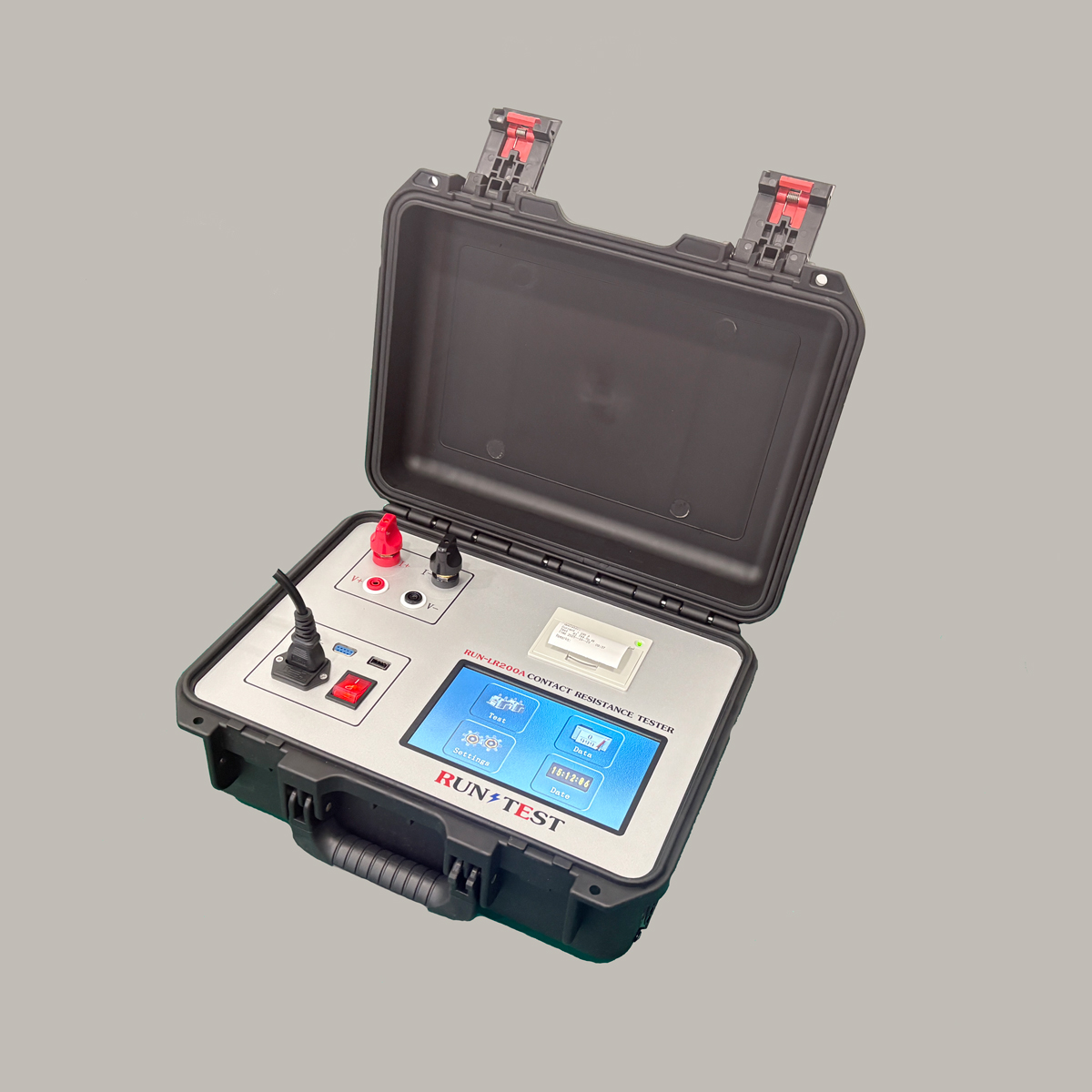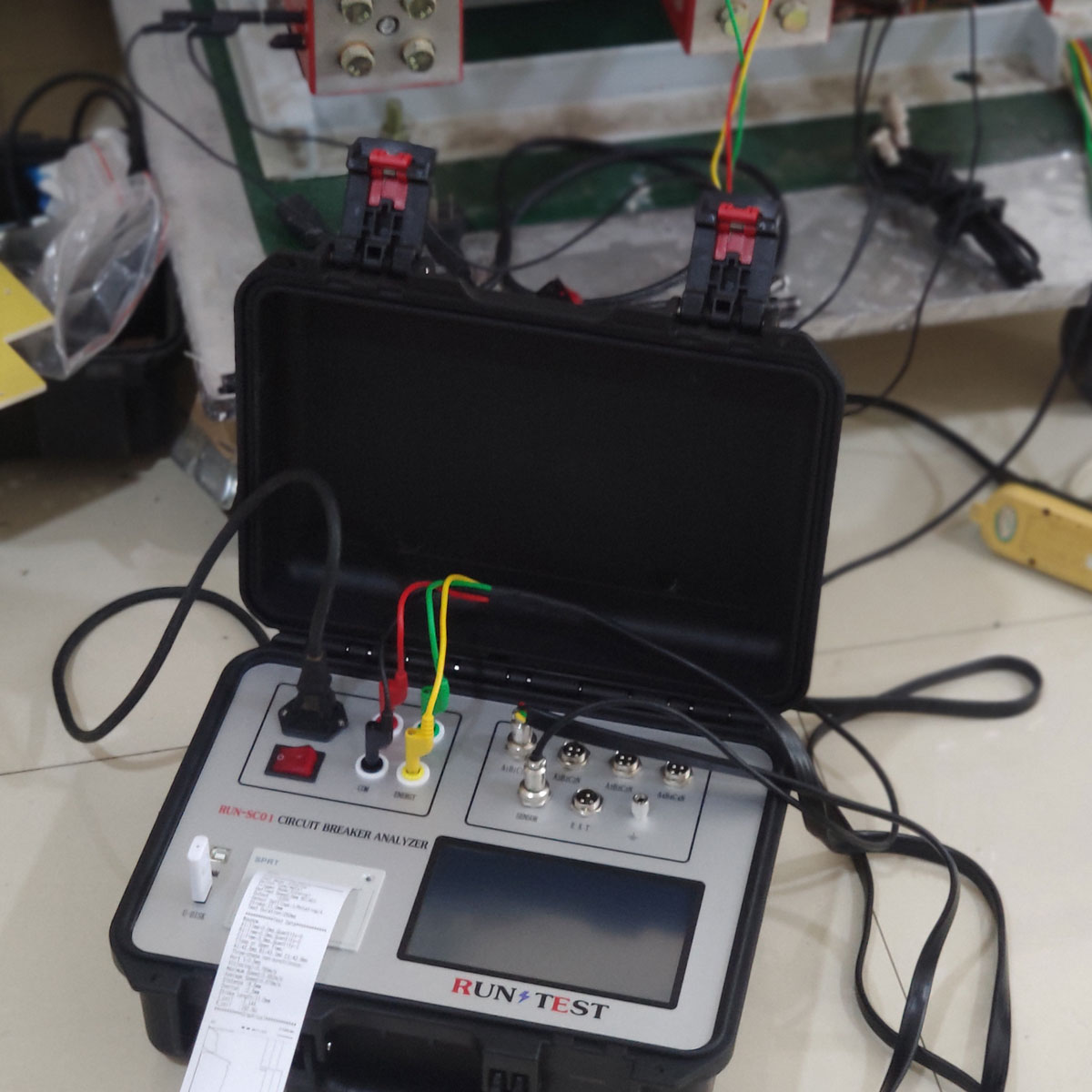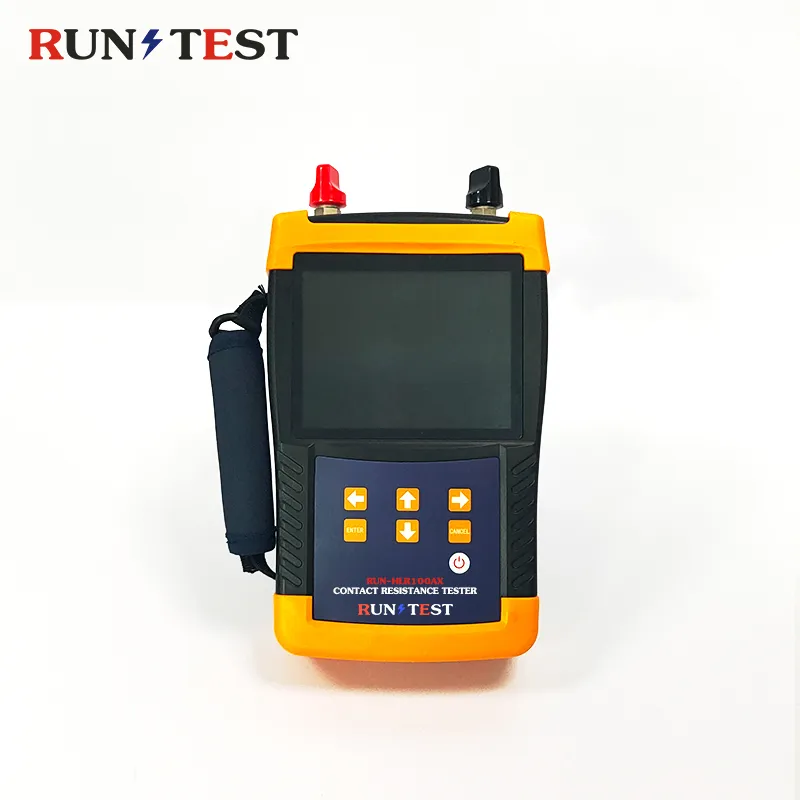circuit breaker test
A circuit breaker test involves testing the performance of circuit breakers to ensure that they function correctly when needed. Circuit breakers are protective devices in electrical systems that automatically disconnect the circuit when a fault (such as an overload, short circuit, or other electrical fault) occurs. They help protect both the system and connected equipment from damage.
-

Circuit Breaker Analyzer Timing Test Switch Timing Test Instrument
-

100A Contact Resistance Meter Switch Loop Resistance Tester
-

200A High Voltage Switch Tester Loop Resistance Tester
-

Circuit Breaker Switchgear Contact Loop Resistance Tester 100A
-

Dynamic Characteristic High Voltage Switch Circuit Breaker Dynamic Analyzer
-

Switch Vacuity Test Kit Vacuum Interrupter Tester Vcb Vacuum Degree Test Equipment
-

Micro-Ohm Meter Digital 100A Contact Loop Resistance Tester
-

Portable Switchgear Contact Loop Resistance Tester 100A
-

Handheld type 100A contact resistance tester
Circuit Breaker Testing: Key Points
It could be very important to verify that circuit breakers could work properly, actuate at pre-set levels of fault current, and operate reliably during fault conditions. Periodic performance checks are necessary when these devices are put into service, serviced routinely, or failure analyses are carried out.
Types of Circuit Breaker Tests
1. Operational Test
Purpose: Make sure that the mechanical control system of the circuit breaker is functioning correctly. What we test:
- The time in which the breaker needs to be opened and then closed.
- The status of mechanical parts such as springs and motors.
- Whether the breaker trips as needed. How we do it: Actuate the breaker manually or automatically some times to verify that its mechanical response is normal. Open/Close time should be measured and the device should be confirmed that it responds correctly to control signals.
2. Trip Timing Test
Purpose: Ensure the breaker trips within the correct time during a fault. What we test: The speed at which the circuit breaker trips during various accidents like overloading or short circuits. How we do it: Imposing a test current (higher than the normal one but lower than the trip one) and timing the time of tripping is a key action to ensure that the breaker is properly functioning and that it trips on time.
3. Contact Resistance Test
Purpose: Check the condition of the breaker’s contacts.What we test: High electrical resistance shows through the closed contacts. Elevated resistance can be a result of worn contacts, dirt, or some other issues. How we do it: Pass a tiny amount of electricity through the switch and meter the voltage drop across the contacts. Apply the Ohm's Law to work out the resistance (in most cases it should be only a few milliohms).
Why Circuit Breaker Testing Is Important
1. Safety
adequate testing follows to ensure that the breaker will operate during a short circuit and still save people and machines, the latter remaining intact.
2. Reliability
Regular checks find potential issues before they cause failures, cutting downtime.
3. Compliance
Many industries require periodic testing to meet safety rules and regulations.
4. Preventive Maintenance
Early detection of problems like wear, corrosion, or misalignment can stop major failures later.
Regular circuit breaker testing keeps the system protected and reduces the risk of damage from faulty breakers.
